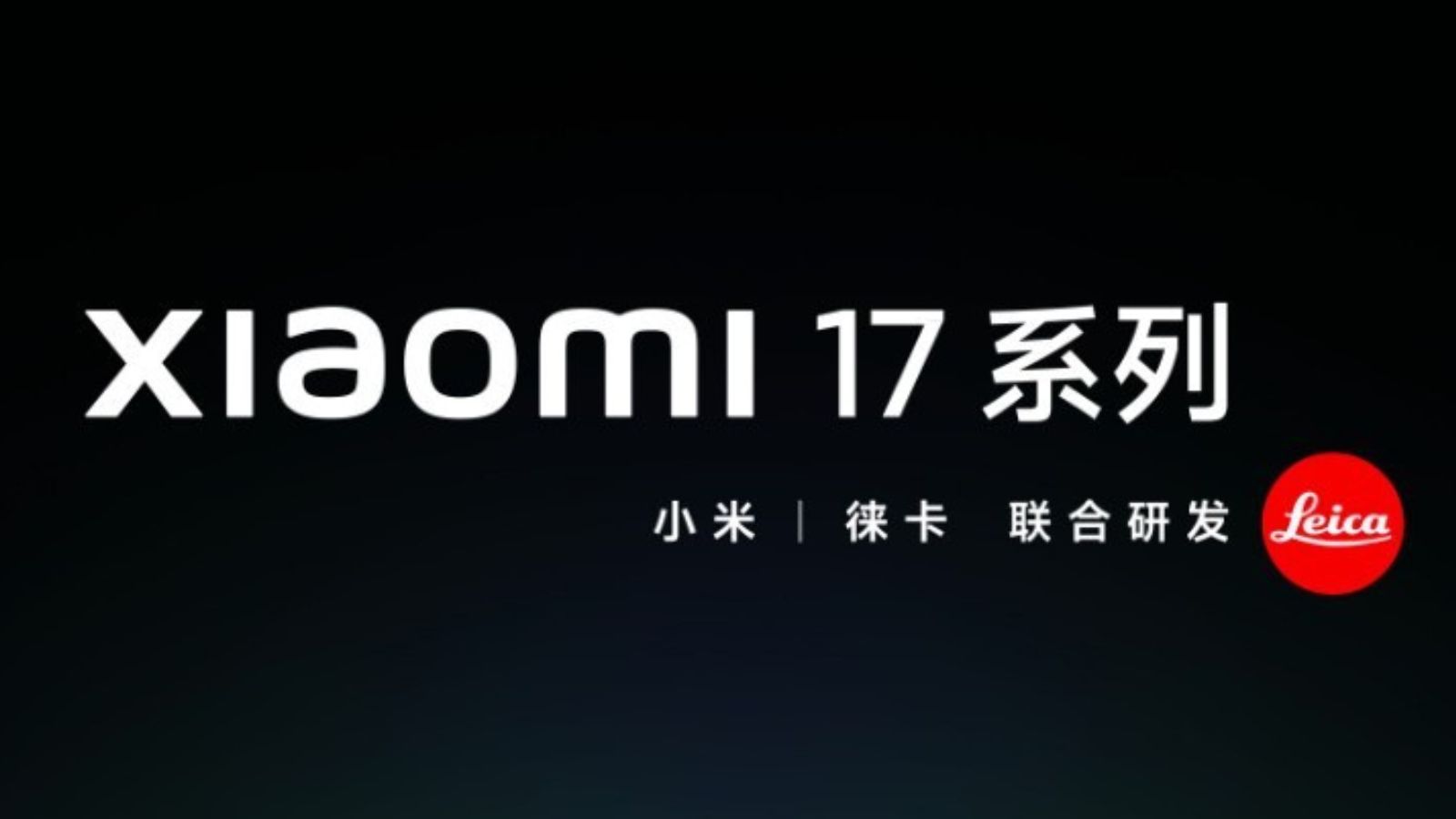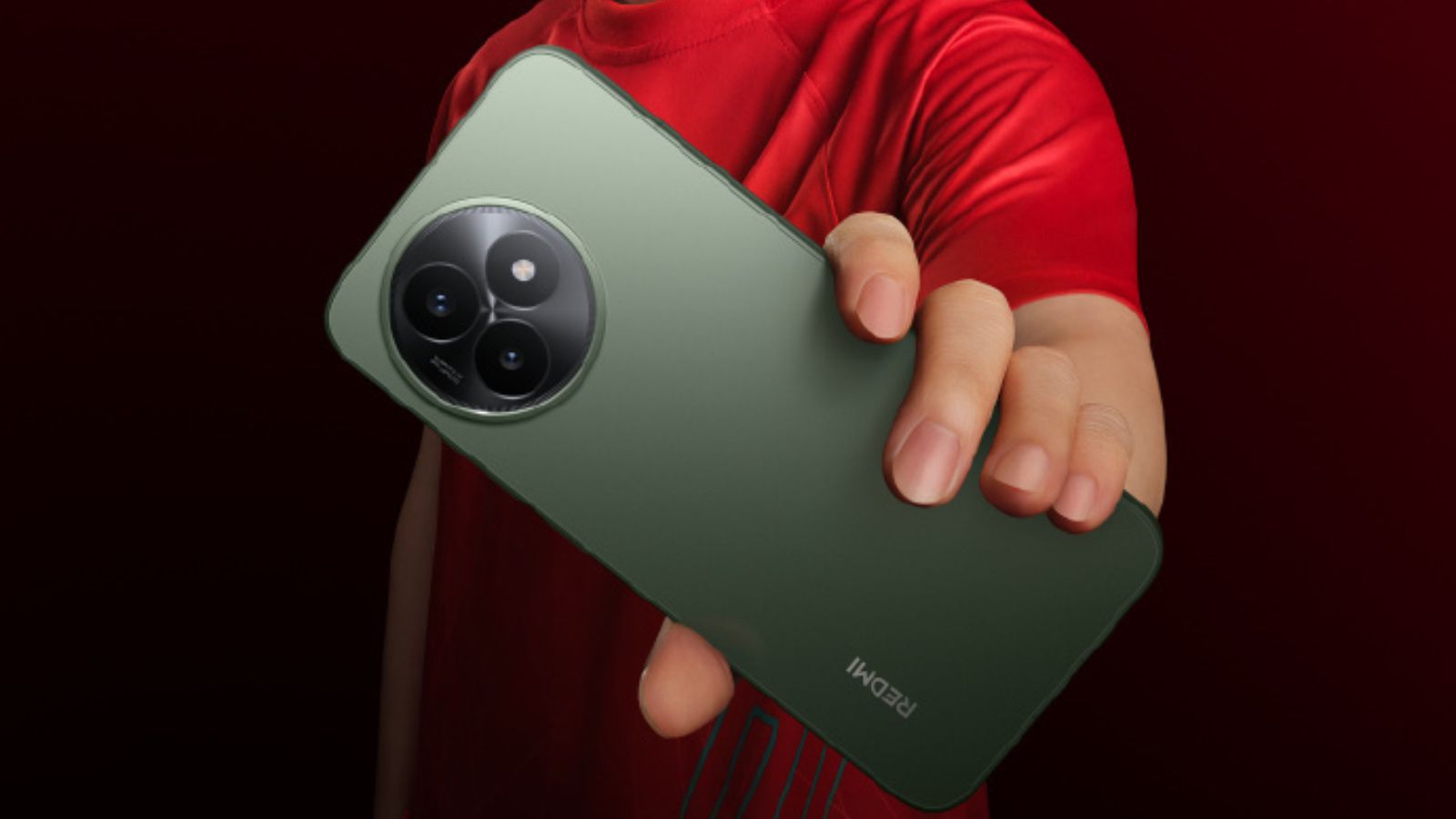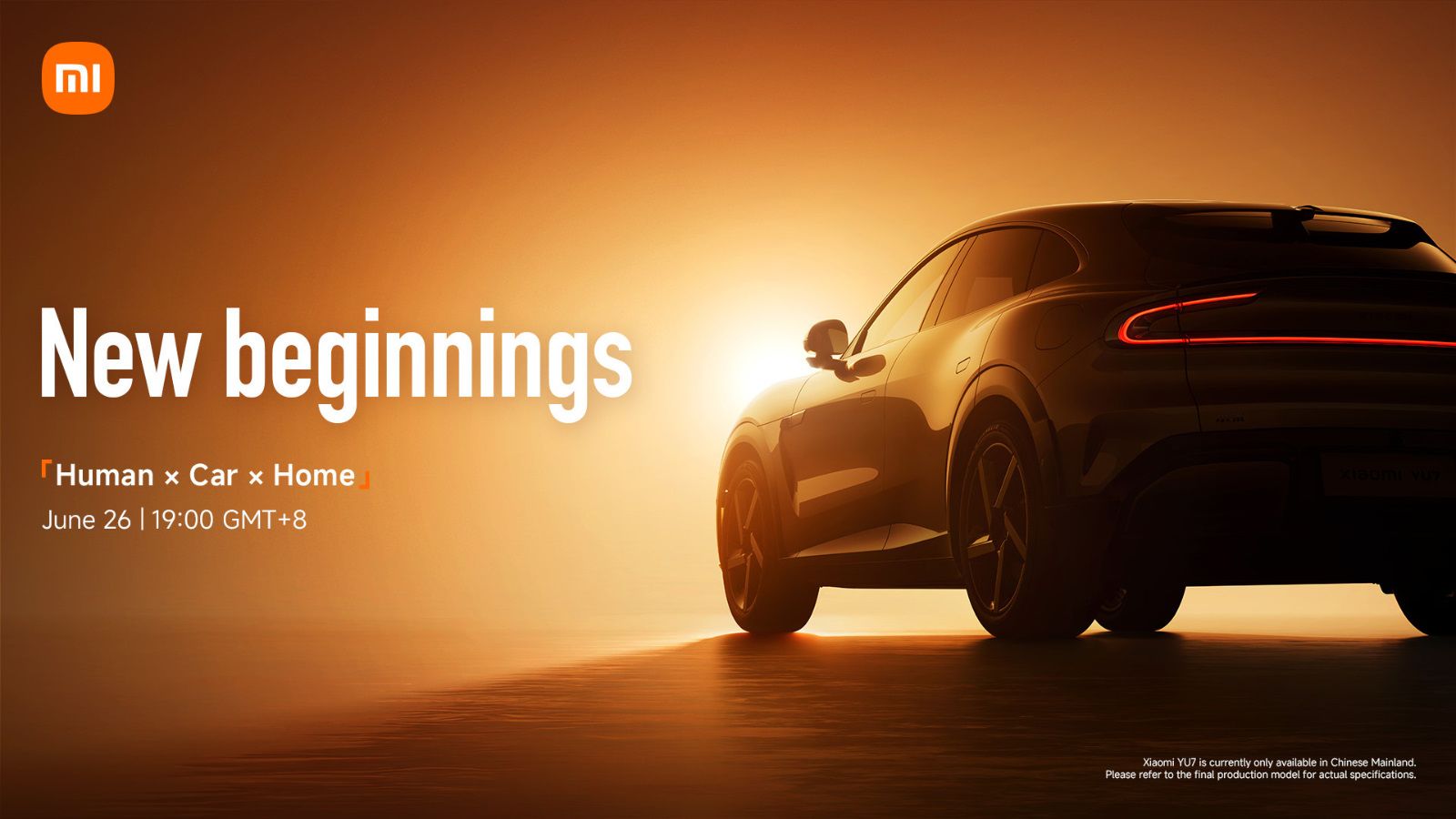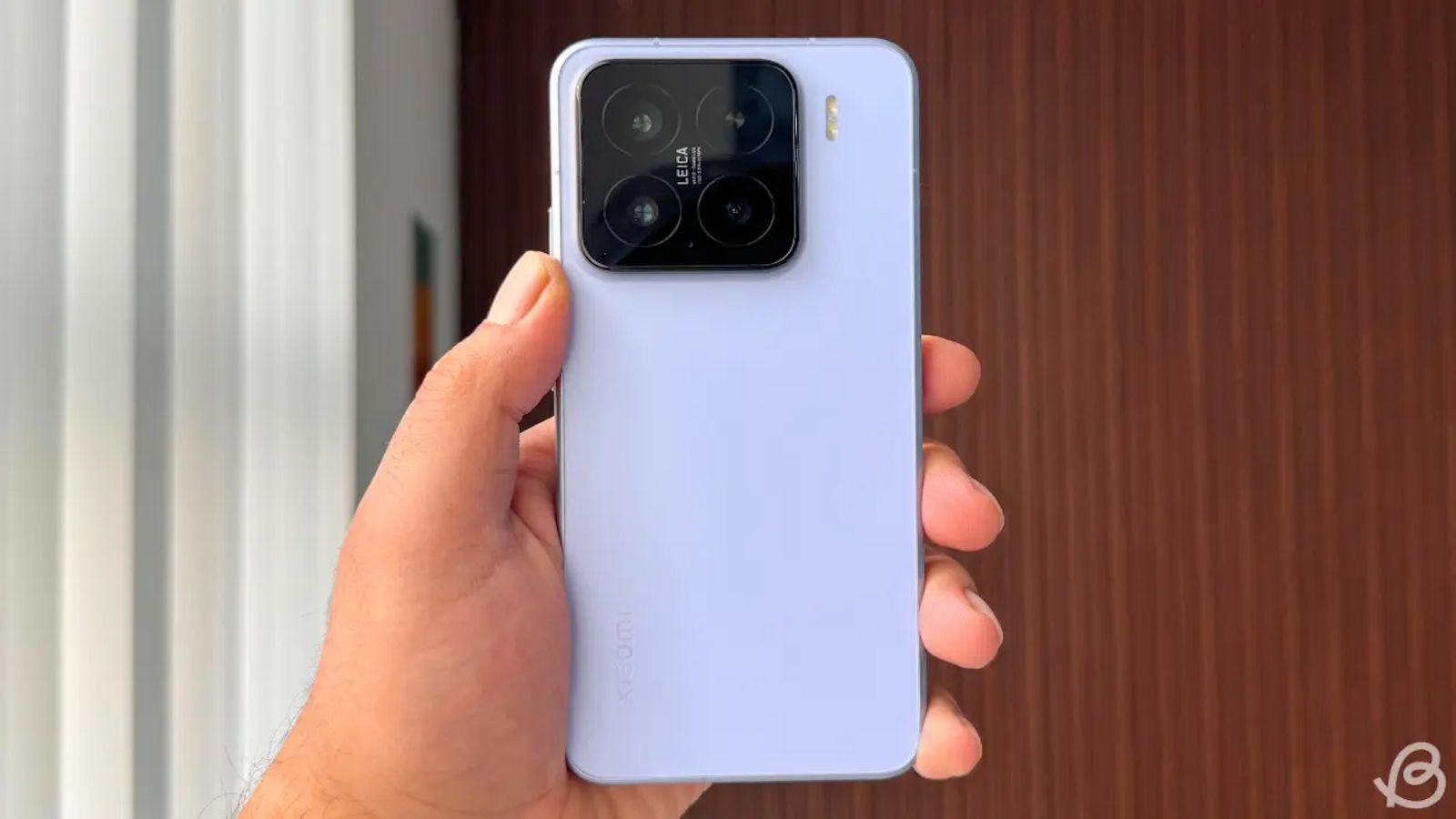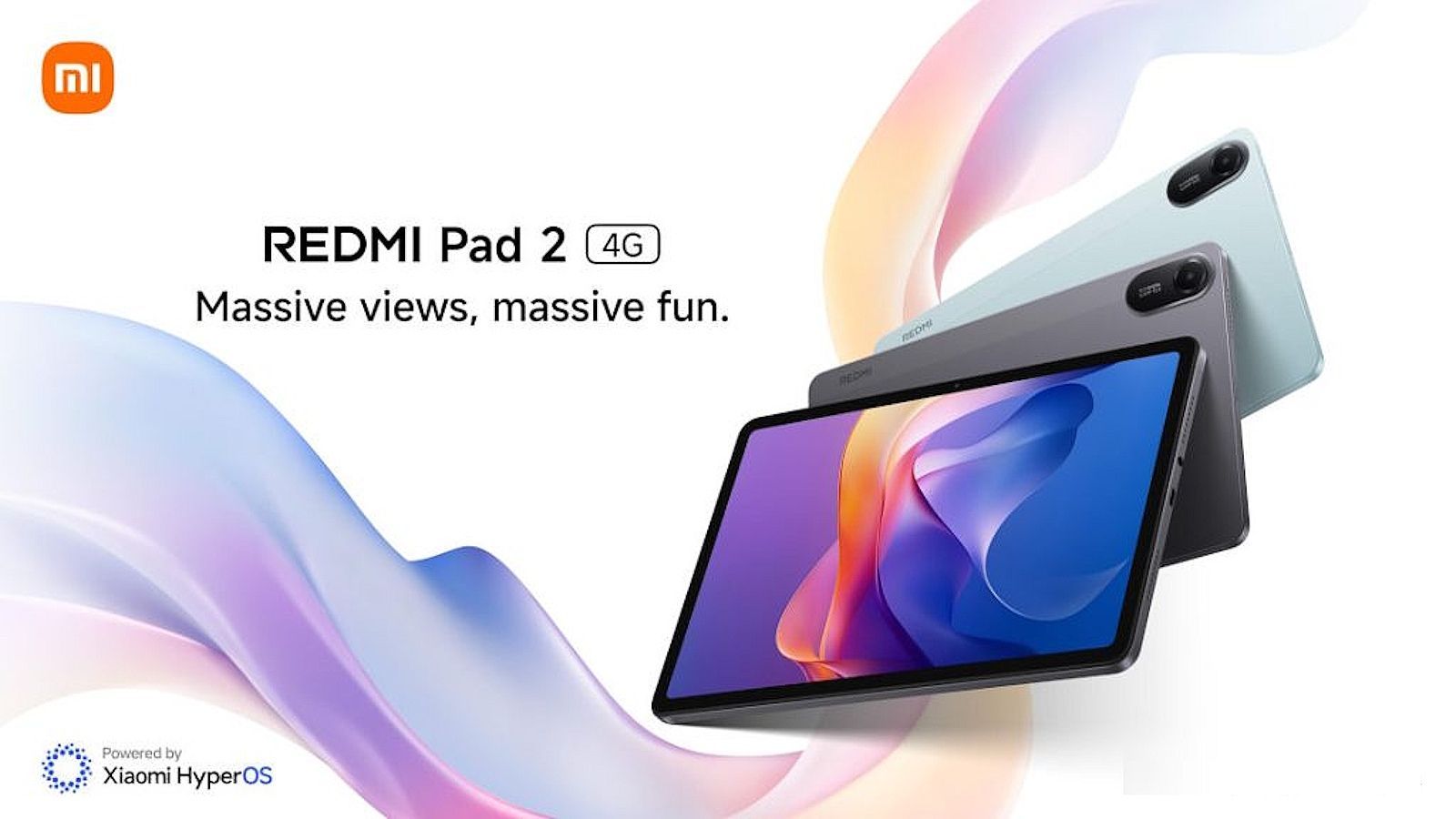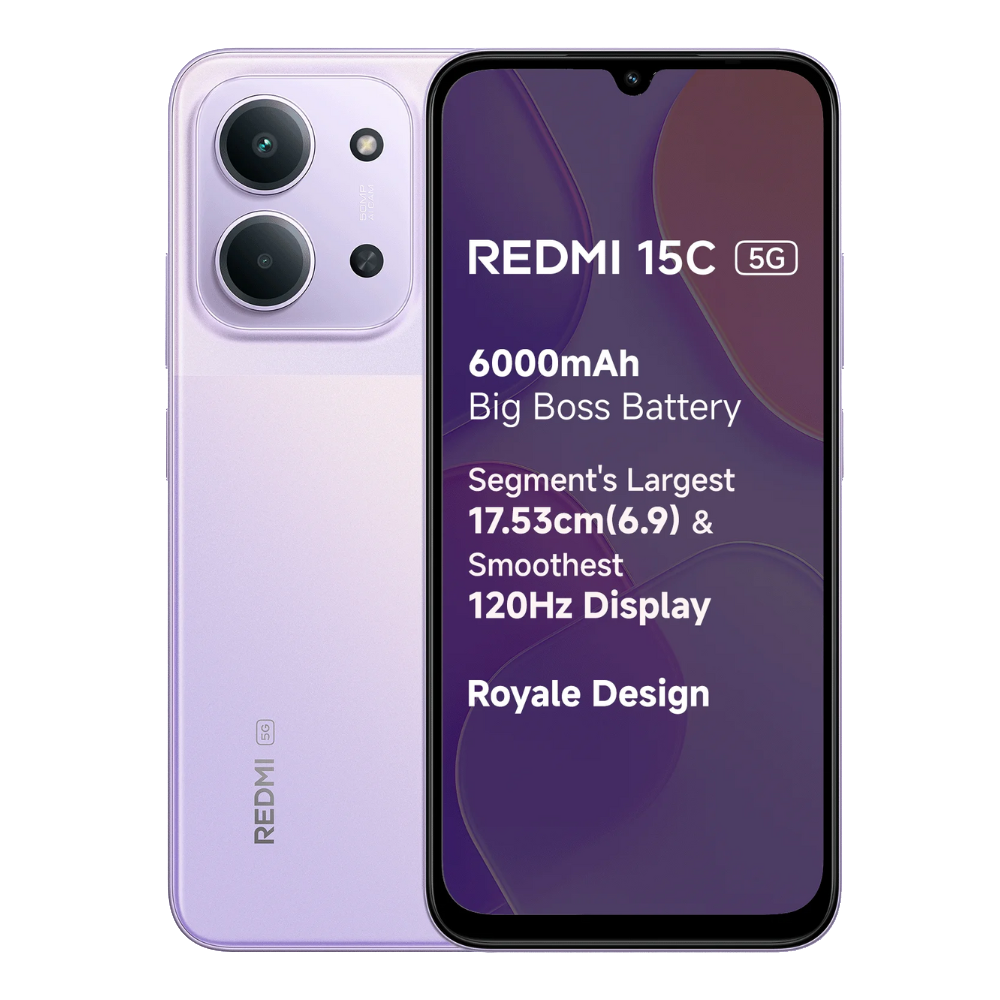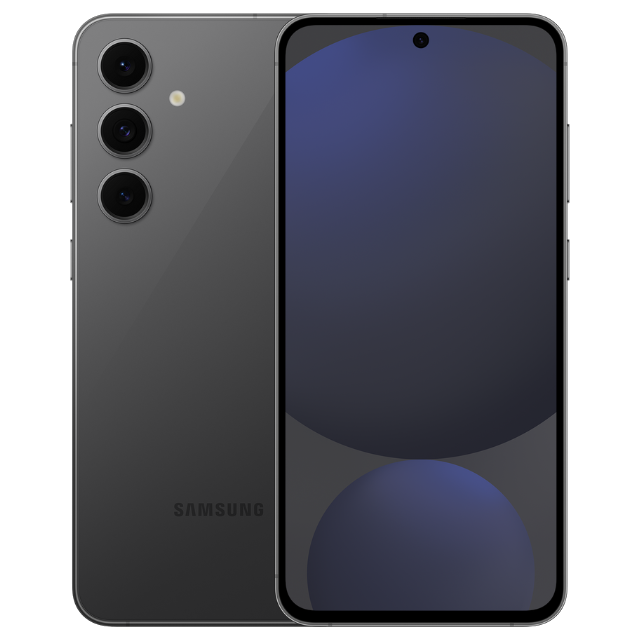Xiaomi has officially confirmed the launch of its flagship 17 series later this month. In a surprising twist, the company is skipping the "16" lineup entirely and jumping straight to 17, which seems like a direct attempt at competing against Apple's iPhone 17.
The brand's president, Lu Weibing, took to an official Weibo post to confirm the launch of the Xiaomi 17 series in China "this month." This lineup will consist of the Xiaomi 17, Xiaomi 17 Pro and Xiaomi 17 Pro Max models, all powered by Qualcomm's upcoming Snapdragon 8 Elite Gen 5 chipset.
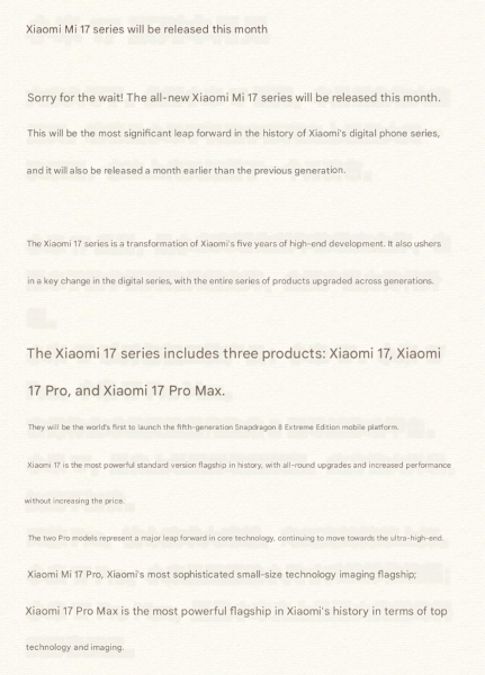
Xiaomi is promising no compromises on hardware and pairing the chipset with an LTPO OLED display that offers 1.5K resolution and 120 Hz adaptive refresh rates.
Meanwhile, on the camera front, the company is renewing its partnership with Leica. The phones are expected to flaunt multiple 50 MP cameras, including an OmniVision primary rear camera and Samsung's ISOCELL JN5 telephoto lens. At the front, there will most likely be a 32 MP selfie shooter.
Battery and charging could also be standout features, with the standard Xiaomi 17 expected to flaunt a massive 7,000mAh battery. On the other hand, higher-end models could offer even bigger batteries, paired with 100W wired and 50W wireless charging.
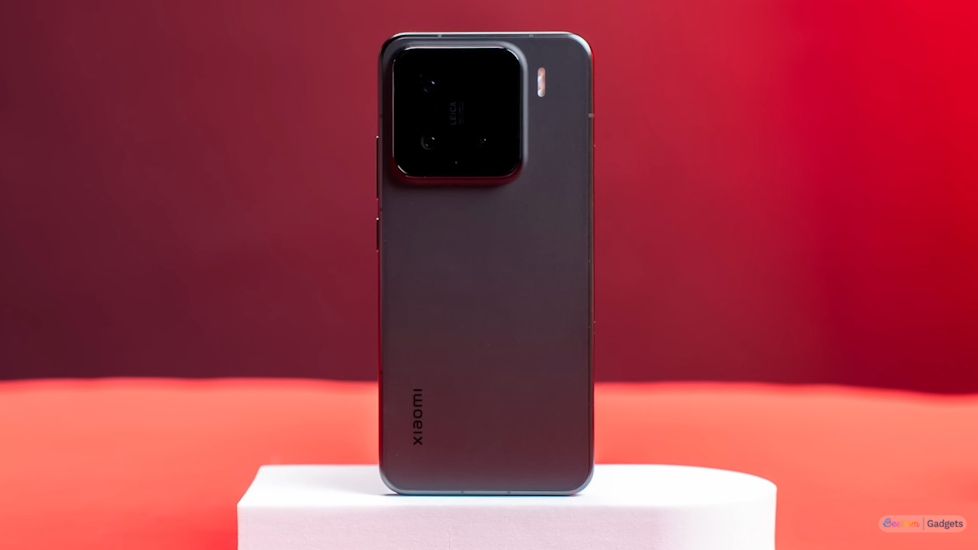
Additionally, the upcoming Xiaomi 17 series has also been confirmed to sport dual IP68 and IP69 ratings. They are also said to come with an ultrasonic fingerprint sensor. Will there be a Xiaomi 17 Ultra, given that we did get Xiaomi 16 Ultra leaks previously? Hard to say at this point, but most likely not.
Lu also highlighted that Xiaomi has poured over 100 million Chinese Yuan (approximately Rs 1,240,000,000) into R&D over the past five years. However, that's not where Xiaomi plans on stopping and is also planning on doubling that investment going forward. According to Weibing, this strategy is to prove that Xiaomi can build high-end devices without cutting too many corners or hiking prices.
The Xiaomi 17 series is expected to launch in China in September 2025 itself. Global availability is expected to follow. It will be interesting to see if and how this aggressive move will finally allow Xiaomi to claim a bigger share of the ultra-premium segment that's dominated by Apple and Samsung. One thing is clear though – Xiaomi wants to be seen as an equal to Apple and not merely an alternative.


